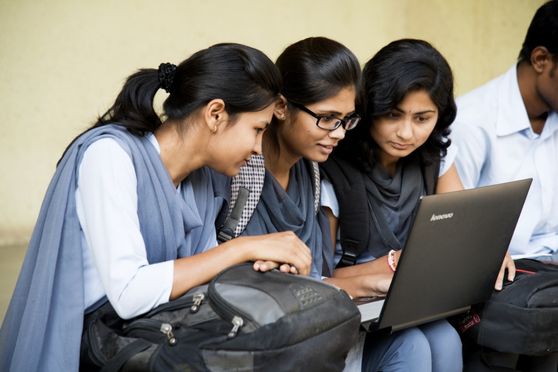To offer SC pupils a top-notch education, the GoI introduces the Shreshta scheme ; Check the details inside


The 'Scheme for Residental Education for Students in High School in Targeted Areas' (SHRESHTA) has been introduced by the Ministry of Social Justice and Empowerment. The program seeks to improve reserved castes' socioeconomic standing and progress education.
According to the official statement, the primary goals of this effort are to close service gaps in areas of the education sector where the majority of the population is comprised of Southern Communities and to expand the reach of government development programs.
Each year, the program will choose about 3,000 deserving SC children and grant them admission to the top private residential schools in the nation. The news release states that the SHRESHTA program seeks to provide an atmosphere that will support the socioeconomic and holistic development of SC children, providing them with a better future.
The main objective of the program is to promote collaboration between grant-in-aid institutions managed by non-governmental organizations (NGOs) and residential high schools that offer superior education.
There are two methods used to carry out the plan. The first category of private residential schools, known as SHRESHTA institutions, are the best ones connected with the State Board and CBSE. The National Entrance Test for SHRESHTA (NETS) will be administered by the National Testing Agency (NTA) and utilized to select a set number of outstanding SC students annually from various States and Union Territories (UTs).
From Class 9 to Class 12, the kids will then be admitted to the best private residential institutions associated with the CBSE/State Boards. Based on their outstanding performance, a selection committee will select these schools for the admission of selected students; those with an institution's class 10 and 12 pass rate of at least 75% over the previous three years will be chosen.